NSW police probe Sydney Harbour for to find Australia’s first political assassins with ‘ideological’ links to Melbourne bombing
Police divers have been given a vital tip that’s taken them to the bottom of Sydney Harbour to find Australia’s first ever political assassins, whose crime is also linked to a deadly Melbourne bombing.
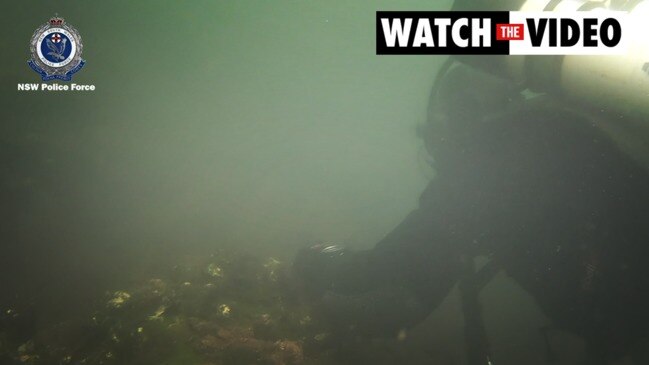
Behind the Scenes
Don't miss out on the headlines from Behind the Scenes. Followed categories will be added to My News.
Police hunting assassins behind the execution of a Turkish diplomat in Australia 40 years ago have made a major breakthrough, with police divers yesterday finding evidence on the ocean floor of Sydney Harbour.
Detectives and ASIO now believe the slaying was connected to assassinations in Europe and the United States and “ideologically tied” to a deadly 1986 Melbourne bombing.
Turkish consul general Sarik Ariyak, 50, and his 28-year-old bodyguard Engin Sever became Australia’s first politically motivated assassinations when two armed men on a motorbike gunned the pair down in Dover Heights in Sydney’s east in December 1980.
Extensive investigations failed to identify those behind the shooting but now four decades on a $1 million reward offered late last year has prompted new leads on both the identity of suspects and critical evidence they dumped.
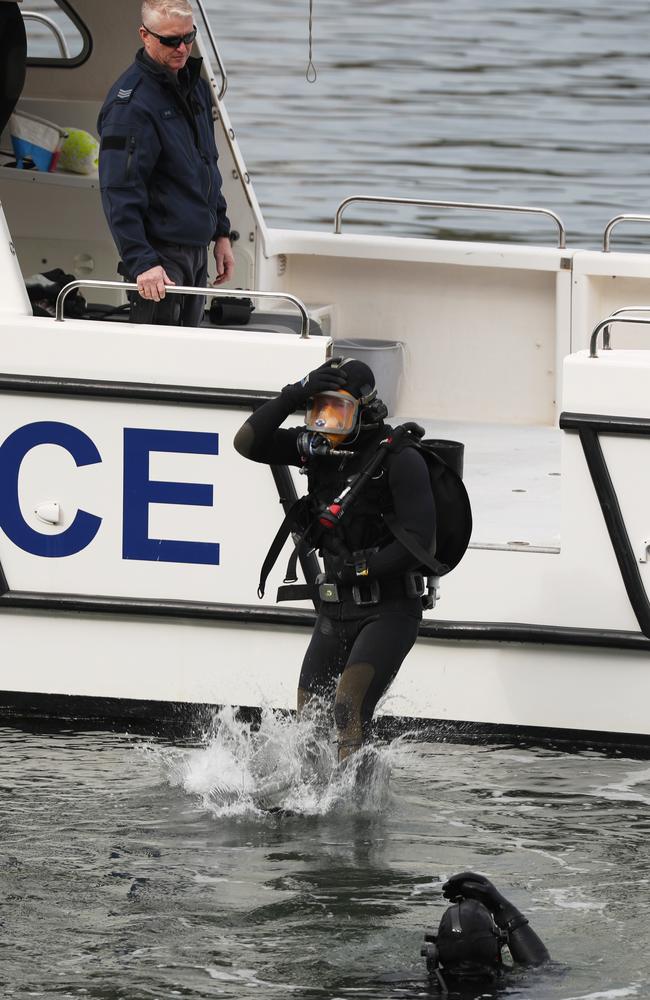
“Pieces of the puzzle are coming together as they sometimes do in these historical cases,” NSW Police Counter Terrorism and Special Tactics Commander, Assistant Commissioner Mark Walton told News Corp yesterday.
It is understood those new leads have come from Sydney and Melbourne and their large diaspora of both Turkish and Armenian communities and international inquiries which led police to search a specific area of Sydney Harbour.

The NSW Police Force’s Counter Terrorism and Special Tactics Command formed a strike force, codenamed Esslemont, and brought in the Australian Federal Police, ASIO and the NSW Crime Commission.
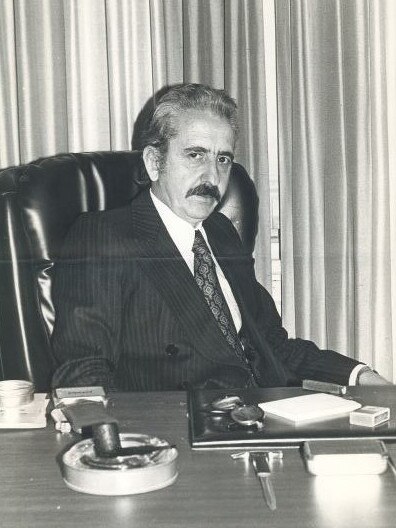

Officers yesterday morning were remaining tight-lipped about what they found on their dive off Manns Point in Greenwich on Sydney’s Lower North Shore but sources confirmed several barnacled and aged items had been retrieved during multiple dives about that Harbour shoreline.
The evidence and other archived items were now being subjected to new forensic testing techniques.
Asst Comm Walton agreed the reward was a “motivator” for leads and people who 40 years ago were sympathetic to a cause were perhaps less so now four decades on.


“I can’t think of a more deliberate act of terrorism that has occurred in this country, it was very calculated, deliberate and clearly they knew what they were doing, they had an attack plan in relation to it, there was no doubt it was a ruthless task that had no other outcome but the death of those two men,” he said.
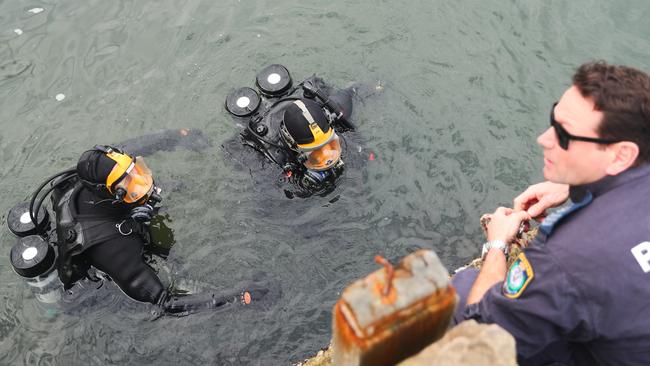
He added the only benchmark in Australia for such a ruthless assassination plot was the 1868 shooting and attempted murder of Queen Victoria’s son Prince Alfred by an Irish dissident, on the first ever visit to Australia by a member of the British Royal family.
Asst Comm Walton said he was confident the assassins were either members or associates of the Justice Commandos of the Armenian Genocide that ran an international terrorism campaign against Turkish interests starting with a bombing in Paris in 1976.
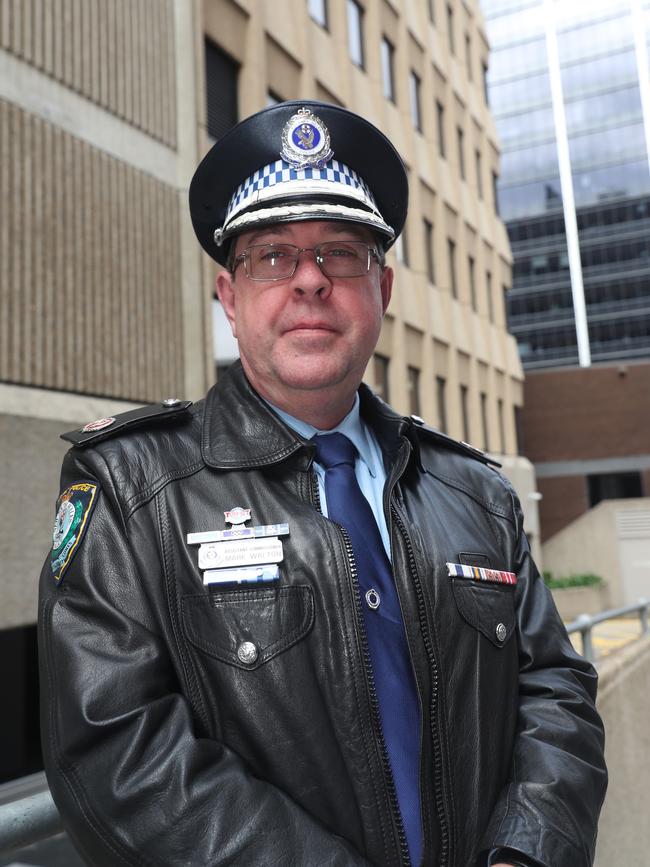
“It is very apparent when you look at the linkages and the timeline and nature of events that occurred, they were connected to the overseas attacks,” he said.
He also confirmed ideological links between the Sydney assassins and a car bomb detonation outside the Turkish Consulate in South Yarra in Melbourne six years later that killed the bomber when it went off prematurely.


When asked if the net on the suspects was closing, he replied: “The net is still there, how hard we are pulling it I think we will see in coming weeks but it is a lot tighter than it was six or 12 months ago when we first blew the dust of the archive boxes of this historical homicide.”
Originally published as NSW police probe Sydney Harbour for to find Australia’s first political assassins with ‘ideological’ links to Melbourne bombing
